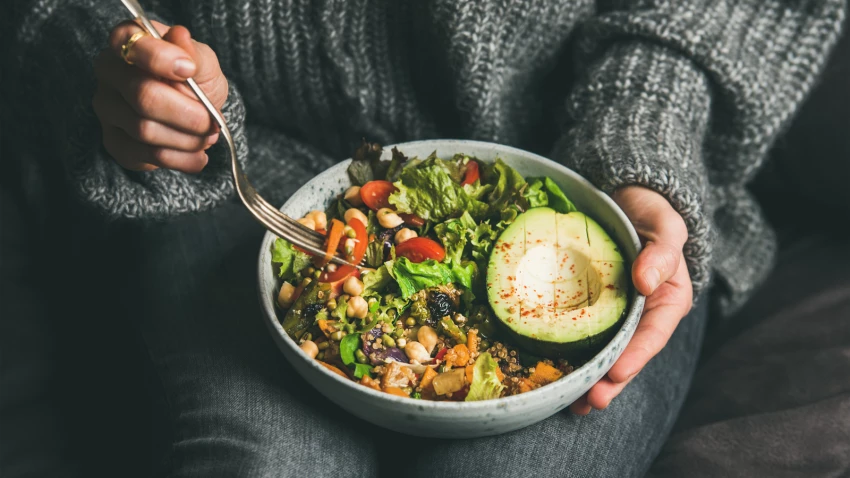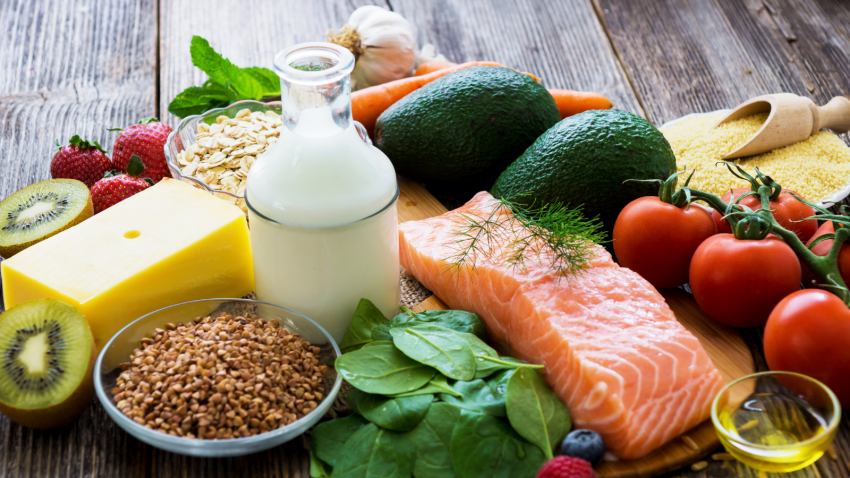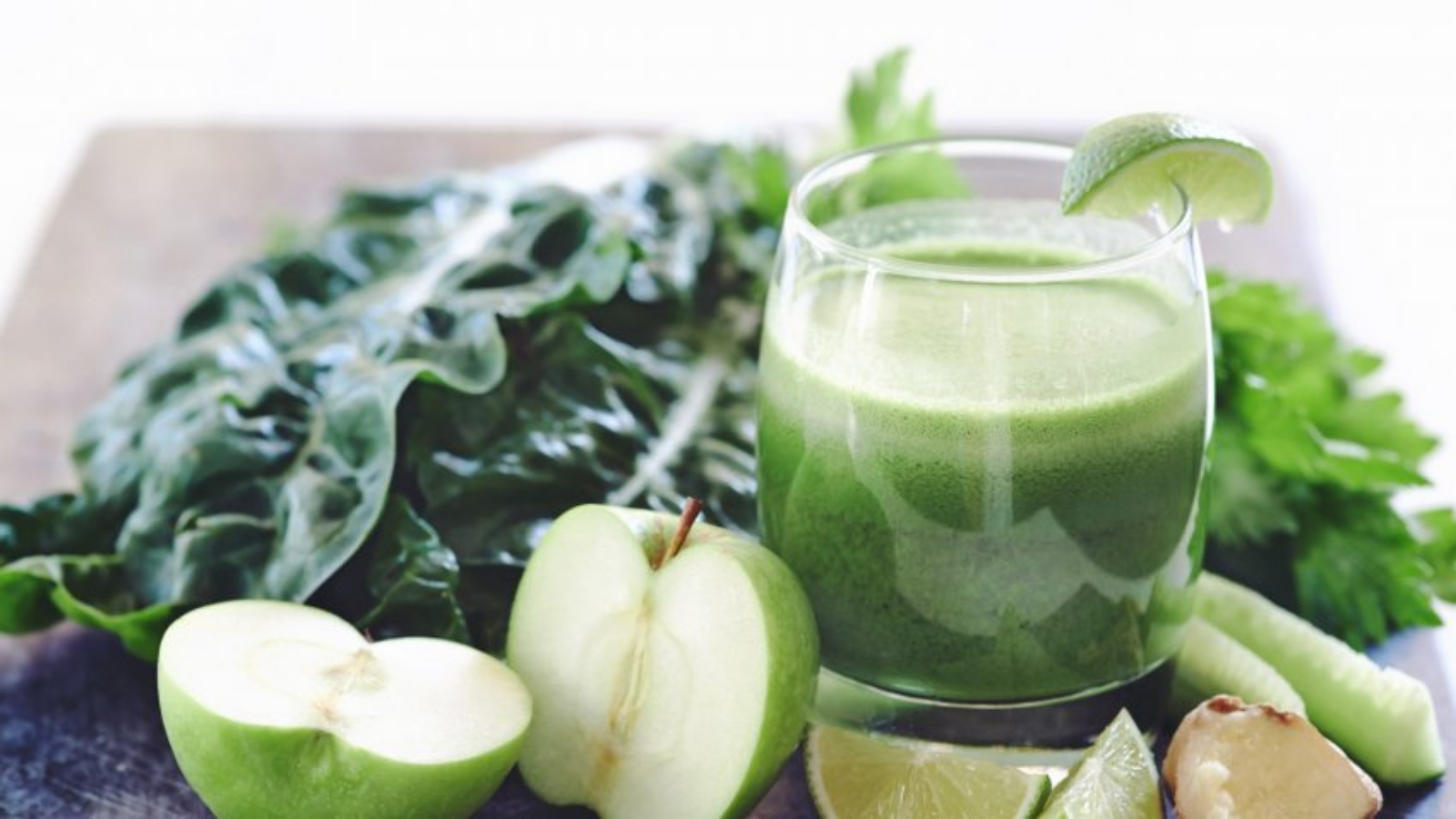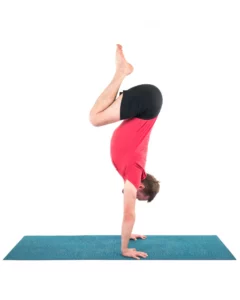What’s the Best Diet to Help with Chronic Pain?

Why do I urge people struggling with chronic pain to change their diets? When it comes to solving potential roots of said pain (inflammation), the lowest of the low-hanging DIY fruit is what you eat. In other words, you don’t need a positive medical test to tell you that chocolate cake and Cheetos are problematic. A team of eight researchers from Australia’s Newcastle University came to similar conclusions after looking at 71 American studies pertaining to dietary interventions for chronic pain. The study is titled “A Systematic Review and Meta-Analysis of Nutrition Interventions for Chronic Noncancer Pain.” What can we learn from their results?
First, that the average profile of a chronic pain sufferer was female, overweight, and over 50—the same profile for developing autoimmunity. Second, and more importantly, we saw that of all the various sorts of diets looked at, the type that seemed to work best (12 of the 16 studies in this category showed significant improvement of pain) simply involved shifting a person’s overall pattern of eating away from junk toward healthy foods.

Take a look, however, at this statement: “These limitations add to the disparity between the recognition of nutrition-related issues as key treatment goals and the availability of good-quality, dietetic-led, nutrition-related treatment options for people who experience chronic pain.”
In other words, the numerous limitations listed by the study’s authors (there were many) created a “disparity,” a word whose definition means “discrepancy, inconsistency, imbalance, inequality, incongruity, unevenness, disproportion; variance, variation, divergence, polarity, gap, gulf, breach; difference, dissimilarity, contrast, distinction, differential, contrary, etc.”
We have a situation here in America where not only is dietary advice rarely given in a clinical setting, but when it is, it’s frequently wrong. This is a shame, considering these authors noted that dietary changes/interventions can improve the quality of life for suffering patients. Even if the advice is good, is the patient necessarily going to follow through? Unfortunately, it’s doubtful. But those who do will see results, and it can be as simple as your doctor providing appropriate take-home information, whether online or on an old-fashioned piece of paper.
How to Eat Healthier for Chronic Pain
Although not all of these points were in the study, allow me to highlight a few generic dietary recommendations of my own for the average person struggling to cope with their chronic pain.
Cut Sugar and Carbs: Sugar and high-glycemic foods—foods that break down to glucose rapidly (flour, pasta, white potatoes, bread, etc.) are inflammatory; particularly if they are grain-based. High-fructose corn syrup is a great example. Over the past two decades, I’ve noticed a common theme when people go low carb, almost always for the purpose of weight loss. They frequently see an array of health or pain-related benefits not directly associated with their weight loss.
Increase the Number of Good Fats: The fats you are eating are either driving or squelching inflammation. When people clean up their fats and do a paleo/keto combination, the results are often off the chart.

Eat Quality Protein: If your protein sources consist of processed or commercially raised meats, or commercially grown poultry or eggs, it’s important to realize that you could be doing much better. For those of you struggling with chronic illness or chronic pain while trying to get your protein from plant sources, realize that while not necessarily impossible, it can present a significant challenge.
Spice Things Up: If you spend some time studying the myriad of anti-inflammatory spices, you’ll quickly see that not only can you add a huge amount of anti-inflammatory firepower to your diet, you can add a great deal of flavor in the process.
Beware of Fruits and Vegetables: “Fruits and vegetables” were purposely run together in the bullet’s title to provide an example of what most people believe and how they behave regarding fruits and vegetables. Tell a person to eat more fruits and vegetables and most—particularly your hardcore sugar addicts—will add fruit. The point of this bullet is simply that fruits and vegetables are different, and your diet should be top-heavy in the latter.

Just remember that despite the problems with this study; the final sentence stated, “This review highlights the importance and effectiveness of nutrition interventions for people who experience chronic pain.”
Also, read...
Savor Your Food: Chair Yoga for Mindful Eating
Roasted Root Vegetable and Chickpea Soup
How Much Protein Do You Need on a Plant-Based Diet?
Related courses
Breath as Medicine: Yogic Breathing for Vital Aging
Yoga and Myofascial Release: Releasing Chronic Tension with the Bodymind Ballwork Method
Yoga and Detoxification: Tips for Stimulating Lymphatic Health

Dr. Schierling is a licensed chiropractor and world-renowned chronic pain specialist. Dr. Schierling specializes in a holistic approach to helping end his patients’ chronic pain that includes Scar Tissue Remodeling Therapy.



